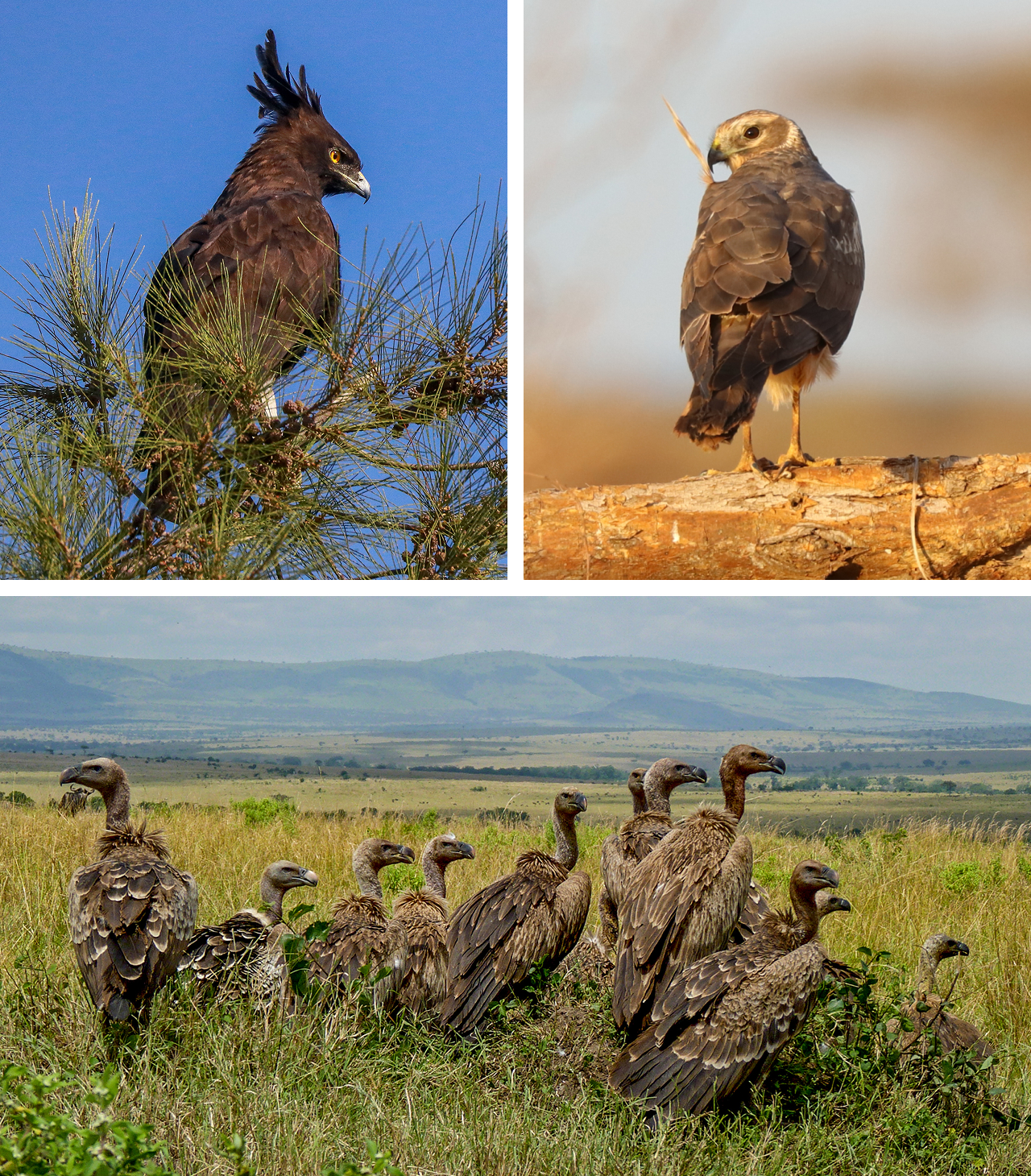
Darcy Ogada
Combining Bird Atlas and Citizen Science Data to Reveal Kenyan Bird Trends
What do you get if you combine an atlas and an ornithological field guide? A bird atlas! Bird atlases are collections of detailed distribution maps of bird species. The data for these maps are collected from organized survey efforts covering large geographic areas and updated every decade or so. Citizen science distribution maps (like eBird), on the other hand, provide more recent, detailed, and localized information and are updated regularly. Combining these two data sources can give insight into how bird distributions have changed over time.
A new publication, co-authored by Northeast Africa Program Director Dr. Darcy Ogada, compares the historical data from the Bird Atlas of Kenya (pre-1984 data) to more recent citizen science data from eBird and the Kenya Bird Map. They used a grid system to map out where bird species have gained, kept, or lost areas of their distribution. The map is publicly available at Kenya Bird Trends.
The researchers found that long-distance migrants and scavengers experienced the most loss in distribution, consistent with existing research showing their population declines. These findings further stress the importance of conservation action to address population threats to scavengers and migrant species. The researchers recommend more thorough, detailed research into each species’ individual distribution changes and continued survey efforts. They hope that the publicly available trend map will encourage more citizen scientists to continue or begin survey efforts on birds in Kenya.






